Triceratops are a group of popular dinosaurs consisting of two different confirmed species. Scientists believe that the two different species did not live in the same time period. Both of these species had the characteristic frill and horns that make these creatures stand out. In fact, their name roughly translates to “three horn face,” in reference to their three distinctive horns. Read on to learn about the Triceratops
Description of the Triceratops
The most striking characteristic of both species is their unique facial structure. They had two paired horns sprouting from their forehead, and a single, smaller horn emerging from the snout.
Behind the paired horns was a flattened, bony frill. Their bodies were stout, and they walked on all four of their limbs. Including their tail, these dinosaurs measured approximately 26 ft. in length.
Interesting Facts About the Triceratops
These dinosaurs draw attention from the media with their long horns and distinctive appearance. Despite this, most people know next to nothing about these reptiles! Learn more about Triceratops below.
- Mortal Enemies – Many people falsely picture most “famous” dinosaurs living in the same time. However, Brachiosaurus never faced off with Tyrannosaurus, but Triceratops did. These two lived in the same ecosystem at the same time, and likely interacted with one another.
- Snip Snap – Triceratops had a hard, beak-like mouth that it used to slice through tough vegetation. Surprisingly, they are one of the few dinosaurs that were not closely related to birds, and did not have feathers. Though they looked somewhat like a parrot in the face, they were purely reptilian.
- Frill Function – Scientists believe that the flattened frill sprouting from the rear of their skulls served multiple purposes. One of which was possibly communicating with other Triceratops. The frill was likely lined with blood vessels, and because of this the dinosaur could potentially change the color of the frill to communicate danger, anger, or receptiveness to mate.
- Frill Fight – Part of those communications likely included battles between Triceratops. Scientists call this interspecies conflict. Scientists have found Triceratops frills with holes in them that fit the size of other species’ horns. Because the holes showed signs of healing, they believe that the animals injured one another in battle over territory or breeding.
Habitat of the Triceratops
Though these dinosaurs walked the same continent we reside on, the ecosystems varied greatly from what we see today. Scientists use deposits of stone around fossils to determine the most likely climate and environment in a given time period and location.
These dinosaurs likely lived in dry, forested areas and plains where vegetation was plentiful. Ferns, cycads, and palms, were likely plentiful in these habitats.
Distribution of the Triceratops
As with any other dinosaurs, it is difficult to determine just how far these creatures ranged. Fossilization usually only occurs at specialized sites that meet the perfect criteria to preserve bone.
Because of this, only select areas can actually give fossil evidence of the creatures that lived there. We know that these dinosaurs lived in North America, as scientists have discovered specimens in Colorado, Montana, Wyoming, South Dakota, and a few provinces in Canada.
Diet of the Triceratops
By studying a dinosaur’s teeth, scientists can estimate what type of food they likely ate. We know that this species was herbivorous because they had flattened teeth perfect for grinding plant matter. Researchers also believe that these dinosaurs fed on low vegetation, because their heads were rather low on their body.
However, it is likely that they could use their stout bodies and horns to knock down taller trees. They may have eaten a variety of palms, ferns, cycads, and other plants available at that time period.
Triceratops and Human Interaction
These distinct creatures never interacted with humans in any way while they were alive. Humans have discovered fossils, and been inspired by these dinosaur’s unique appearance. We have even included Triceratops in a number of different movies, video games, and novels.
Domestication
Humans never domesticated Triceratops in any way.
Does the Triceratops Make a Good Pet
Even if it were possible to own a Triceratops as a pet, they would make poor house guests. The dinosaurs grew incredibly large, and it would be quite difficult to house them. Imagine an animal as big as an elephant and as heavy as truck sitting in your living room!
Triceratops Care
In a zoological setting, it is likely that these dinosaurs would require care quite similar to that of African elephants. They would require similarly sized enclosures, with extremely well reinforced fencing and safety measures for interaction.
They would probably have similar dietary needs as well, but with vegetation more closely related to the plants they fed on 68 million years ago. Of course, this is all speculation, as these creatures could not be kept in any zoological institution today because they are extinct.
Behavior of the Triceratops
In movies and television, Triceratops are typically portrayed as herding animals, much like American bison or Hippopotamus. In reality, there is no evidence to suggest, or to reject, this notion. Groups of fossils have been found, but it is unknown whether these were family groups or some other social group.
We simply don’t know enough about their behavior because we can only study a small fraction that became fossilized. However, we do know that they likely battled amongst one another, as fossils with injuries from other Triceratops have been found.
Reproduction of the Triceratops
Scientists simply cannot speculate the exact reproductive methods of triceratops because they just don’t have enough information. We do know that they laid eggs, because fossilized nests have been found.
It is possible that they defended their nests from predators, but there is not enough scientific evidence to conclude this. As with any dinosaur species, all we can conclude about the creatures are small facts collected by studying what fossilized remains we can find.

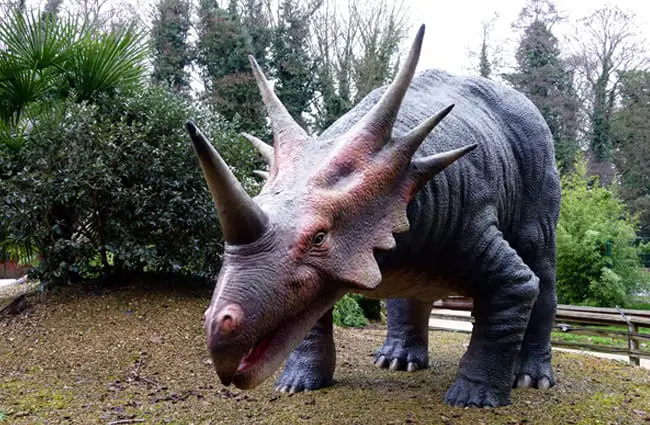
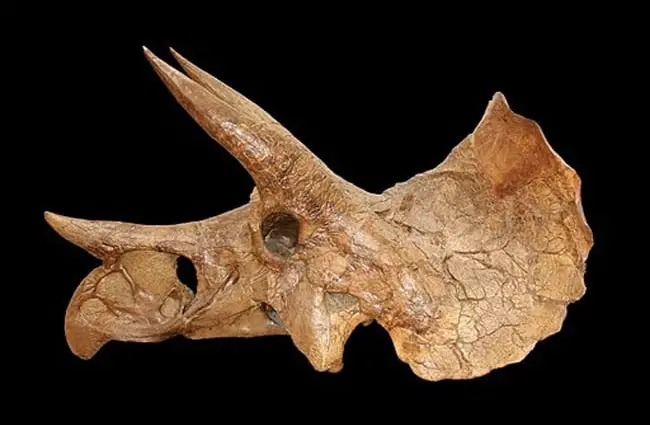

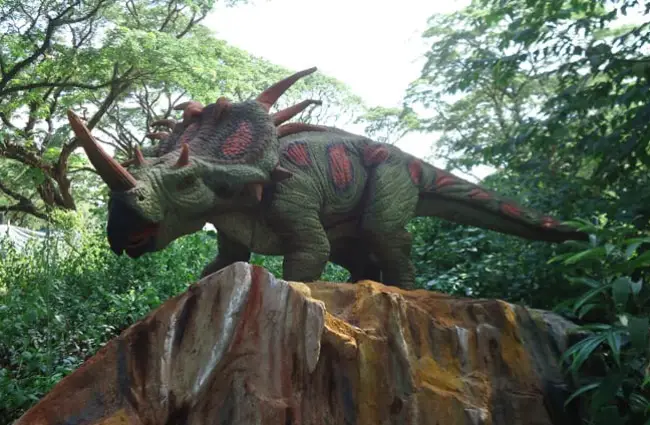
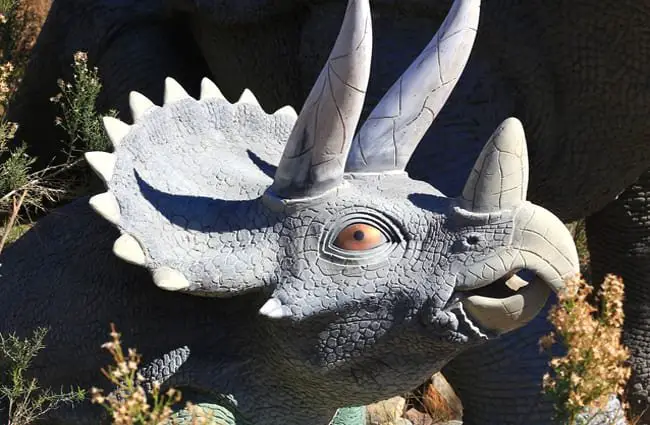
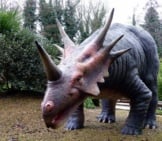



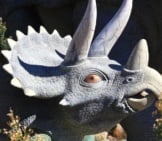
![Red Angus Closeup of a beautiful Red Angus cowPhoto by: U.S. Department of Agriculture [pubic domain]https://creativecommons.org/licenses/by/2.0/](https://animals.net/wp-content/uploads/2020/03/Red-Angus-4-238x178.jpg)












![Red Angus Closeup of a beautiful Red Angus cowPhoto by: U.S. Department of Agriculture [pubic domain]https://creativecommons.org/licenses/by/2.0/](https://animals.net/wp-content/uploads/2020/03/Red-Angus-4-100x75.jpg)

